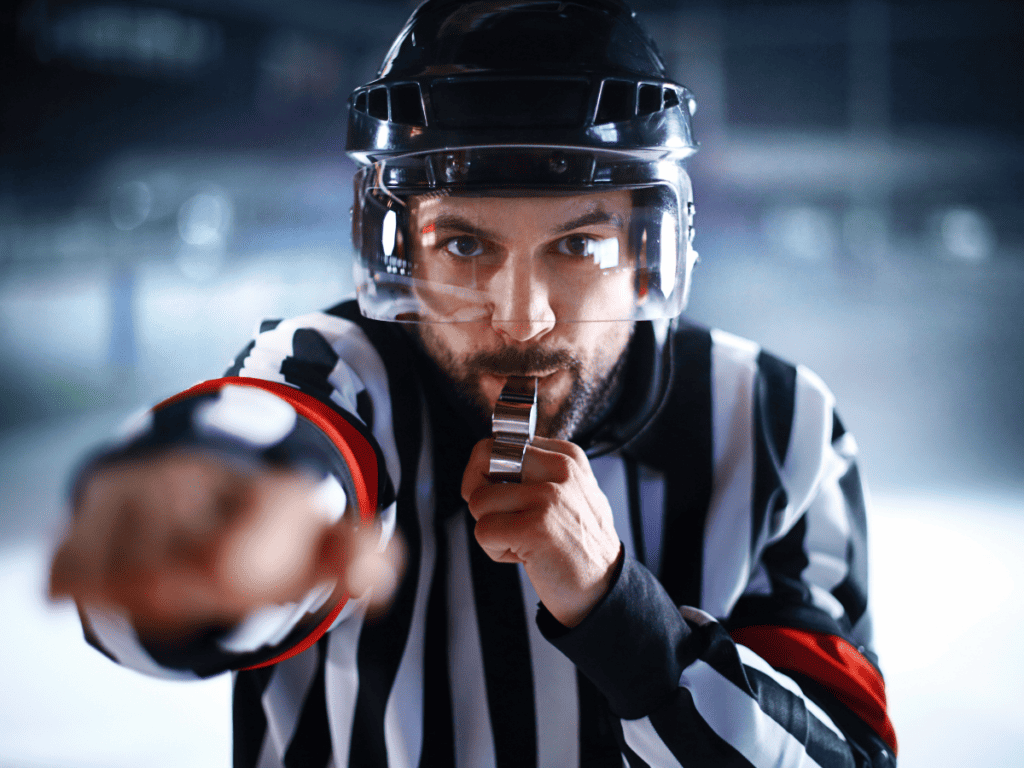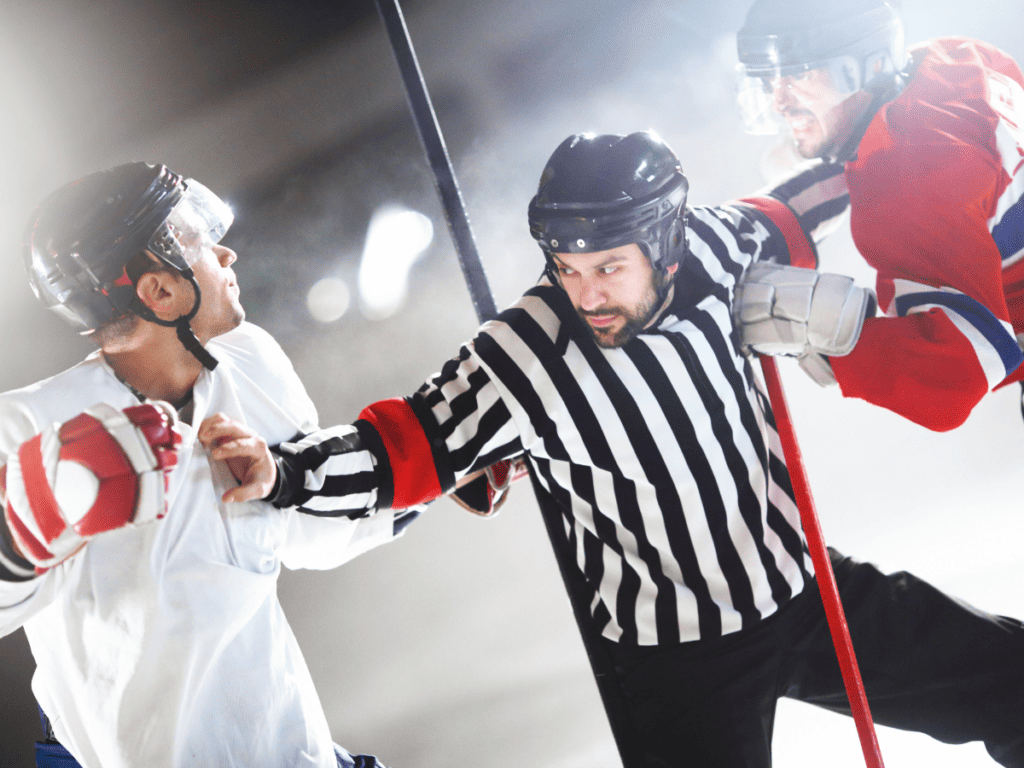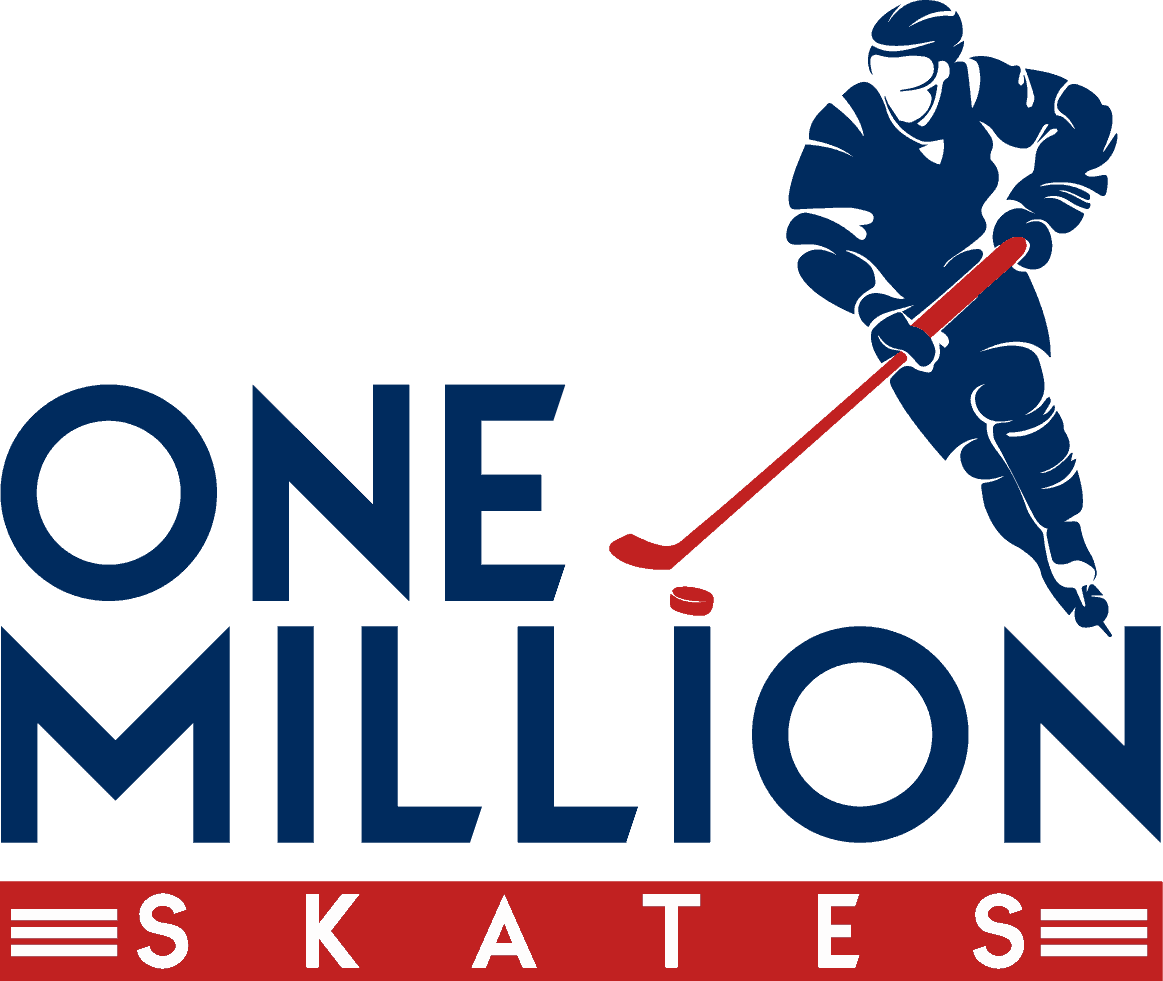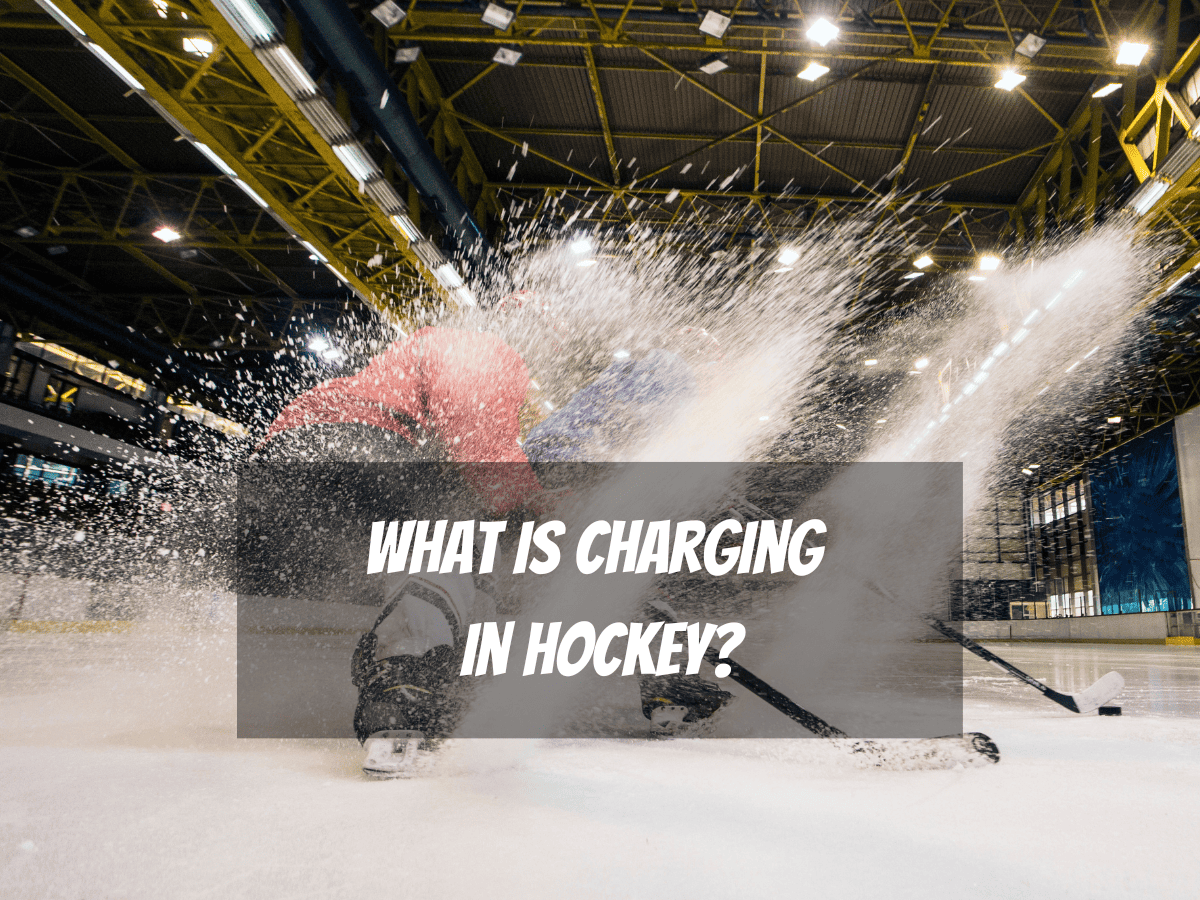Charging in hockey is a specific type of body-checking penalty that differentiates it from legal body checks. Charging in ice hockey commonly occurs when a player aggressively skates toward and forcefully contacts an opponent, typically after covering a significant distance or with excessive force.
What Does Charging Mean In Hockey?
Charging in hockey is a penalty that many fans, players, and even referees sometimes find challenging to define.
This act can be differentiated from a standard body check by the distance traveled to make the hit. If a player hits another from more than two strides away, it will likely be considered charging.
However, the exact "distance" is often left to the referee's discretion. This ambiguity can sometimes lead to debates and discussions among fans and experts.
Hockey Canada also defines the following actions as charging in hockey:
- Jumping to check an opponent
- Violently and unnecessarily checking an opponent in any manner
- Delivering a body check to an opponent's blind side

The Mechanics Of Charging
Understanding the mechanics of charging in hockey is crucial for both players and fans. Taking a run at an opposing player from a distance on the ice, at full speed, or with excessive force will likely result in a charging penalty.
The significance of acceleration and distance traveled leading up to the check cannot be understated. Such actions pose a high risk of injury to the player receiving the check, making it essential for referees to monitor and penalize accordingly.
Official NHL Charging Penalty Rules
Like other hockey organizations, the National Hockey League (NHL) has set rules to define and penalize charging in hockey.
Rule 42 of the NHL rule book deals explicitly with charging. It states that any player who jumps into, skates into, or charges an opponent in any manner should be assessed a penalty.
The rule further clarifies that a charging penalty isn't warranted for a typical body check. However, a penalty should be assessed if the player traveled a considerable distance on the ice to violently check an opponent, whether on open ice or against the boards.
Are You Looking To Unleash Your Inner Hockey Player?
You may be a seasoned player moving to the next level, a novice, or a fan trying to understand the game.
Do you want to know about the NCDC, how to tape your hockey stick, or what age NHL players retire?
We have the answers to these and many more questions.
Penalties Associated With Charging
In the fast-paced world of ice hockey, penalties serve as a crucial mechanism to maintain order, ensure player safety, and uphold the integrity of the game.
Given its potential to cause severe injuries, charging is penalized stringently to deter players from engaging in such dangerous actions.
Players found guilty of charging face various penalties, each corresponding to the severity and intent behind the infraction.
Minor Penalty For Charging
The most common charging penalty in hockey is a two-minute minor penalty. This is typically assessed when the charging action is deemed reckless without malicious intent or injury.
It results in a two-minute penalty which ends if the opposing team scores.
Major Penalty For Charging
However, if the charging action is more aggressive or has an apparent intent to harm the opponent, the player can be handed a five-minute major penalty. If a player is injured, this will also result in a major penalty.
A major penalty takes the offending player out of the game for 5 minutes. Unlike with a minor penalty, the player must remain in the box for a full 5 minutes, even if the opposing team scores.
Game Misconduct For Charging
A referee may decide to issue a game misconduct penalty which involves the suspension of the player or for the balance of the game.
Match Penalty For Charging
The referee may also, at their discretion, assess a match penalty if the player recklessly endangers their opponent by charging. Again, this involves removing the player from the balance of the game.
Beyond in-game penalties, particularly serious charging infractions can lead to additional consequences. The league's disciplinary committee can impose fines and suspensions.
These additional measures serve as a deterrent, ensuring players think twice before making a potentially dangerous play and reinforcing the message that player safety is paramount in hockey.
Other Penalties Vs Charging In Hockey
With its dynamic nature and high-speed action, hockey has a myriad of penalties to ensure the game remains fair and safe for all participants. Charging penalties can sometimes be difficult to differentiate from other penalties.
Charging in hockey is characterized by the approach a player takes before delivering a hit. It's not just about the force of the hit but also the intent and the distance covered before making contact.
The Difference Between Boarding And Charging In Hockey
A player who takes more than two strides, accelerating toward an opponent with the clear intention of delivering a forceful blow, will likely be penalized for charging.
In contrast, boarding is more about the location and vulnerability of the player being hit. Boarding typically involves violently checking an opponent into the boards.
The penalty becomes especially significant if the player being checked is defenseless or hit from behind, situations that can lead to severe injuries given the proximity to the boards.
The Difference Between Interference And Charging In Hockey
Another penalty that's sometimes confused with a charging penalty is interference. While interference also deals with illegal body checks, it pertains explicitly to checking a player who doesn't have possession of the puck.

The Evolution Of Charging Rules In The NHL
The NHL's stance on charging has evolved over the years. The league has taken steps to reduce such incidents by increasing awareness of player safety and the risks associated with violent collisions.
While the fundamental rules around charging in hockey have remained consistent, their enforcement has seen changes.
The league now emphasizes penalizing and deterring players from committing such infractions, leading to a safer playing environment.
Importance Of The Charging Rule In Hockey
Introducing and enforcing the charging rule in hockey underscore the sport's commitment to player safety. As the game is played at top speeds, the potential for severe collisions is high.
The charging rule aims to prevent players from taking dangerous runs at opponents, which could result in serious injuries. While some argue that the rule takes away from the physical nature of the sport, most agree that it's necessary to ensure player safety.
Conclusion Charging In Hockey
Charging in hockey, while debated and sometimes controversial, remains a crucial aspect of the game. It is essential for players, officials, and fans to understand its mechanics, penalties, and significance.
As the sport evolves, so will the rules and their interpretations. However, the underlying goal remains to ensure a safe and fair playing environment for all.



